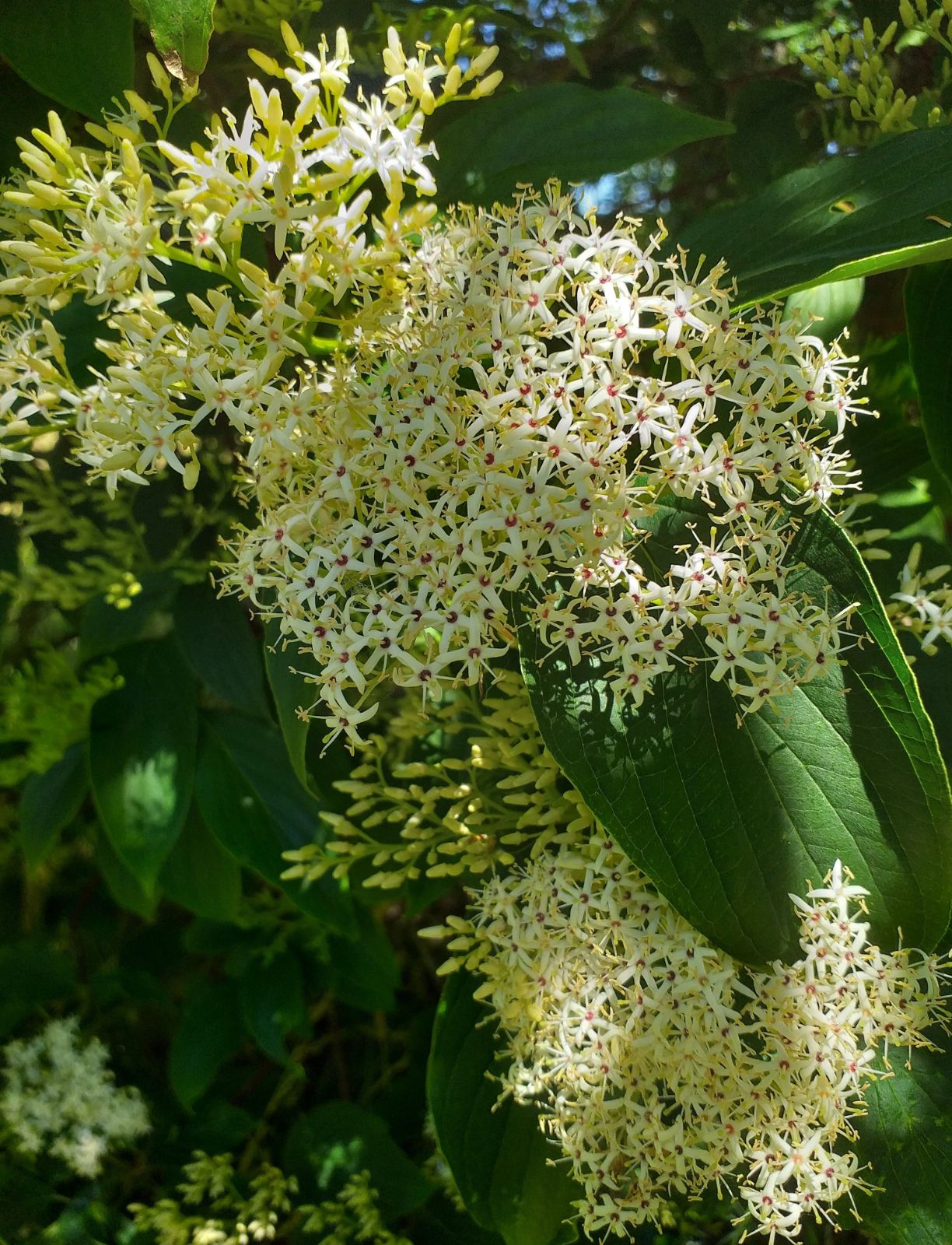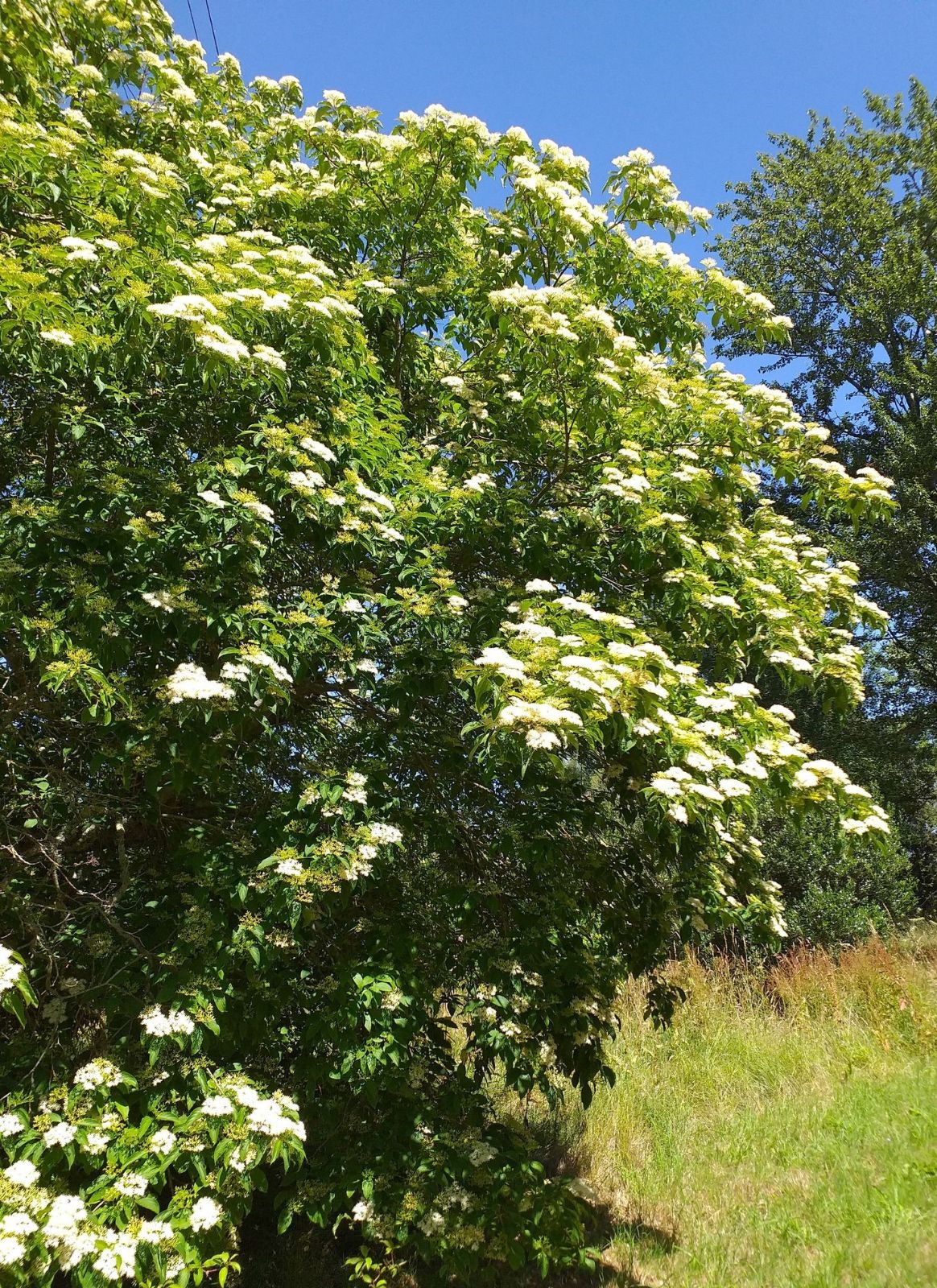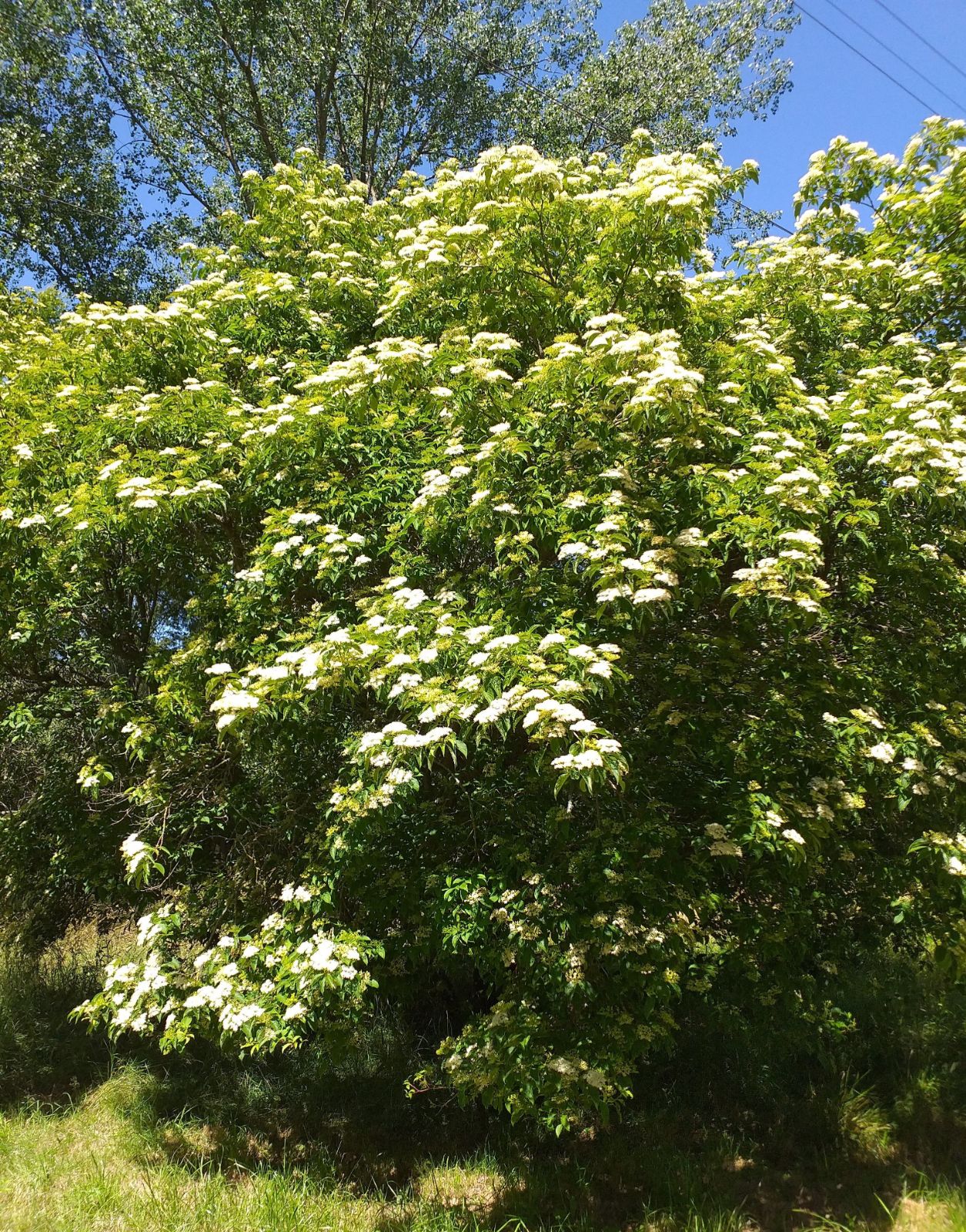Cornus × horseyi
Credits
New article for Trees and Shrubs Online.
Recommended citation
'Cornus × horseyi' from the website Trees and Shrubs Online (treesandshrubsonline.
Genus
- Cornus
- C. amomum × C. macrophylla
Common Names
- Horsey Dogwood
Other taxa in genus
- Cornus alba
- Cornus alternifolia
- Cornus amomum
- Cornus asperifolia
- Cornus australis
- Cornus baileyi
- Cornus canadensis
- Cornus capitata
- Cornus chinensis
- Cornus controversa
- Cornus × dunbarii
- Cornus elliptica
- Cornus florida
- Cornus glabrata
- Cornus hemsleyi
- Cornus hessei
- Cornus hongkongensis
- Cornus kousa
- Cornus macrophylla
- Cornus mas
- Cornus monbeigii
- Cornus nuttallii
- Cornus occidentalis
- Cornus paucinervis
- Cornus racemosa
- Cornus rugosa
- Cornus sanguinea
- Cornus schindleri
- Cornus sessilis
- Cornus stolonifera
- Cornus wilsoniana
A large shrub, branchlets somewhat four-angled, sparse with appressed trichomes, becoming purple. Leaves deciduous, 5–10(–12) × 2–5.5 cm, chartaceous, elliptic-ovate to oblong-ovate, base cuneate, upper surface yellowish-green, with short appressed trichomes at first, lower surface greyish-green, pubescent with appressed trichomes, five to seven secondary veins on each side of the midvein, margins entire, apex acuminate; petiole 0.5–2 cm long. Inflorescences corymbose, 5.5–6.5 cm diameter, peduncle 3–4 cm long, peduncle and pedicels pubescent; bracts minute, not petal-like. Flowers with petals 0.4–0.5 cm long. Fruits subglobose, 0.6–0.7 cm diameter, dark blue at maturity, with one stone; stone 0.4 cm long, slightly compressed, faintly ribbed. Flowering in spring to summer, fruiting in autumn. (Rehder 1922).
Habitat In cultivation only.
USDA Hardiness Zone 7-8
RHS Hardiness Rating H5
Conservation status Not evaluated (NE)
As described in the entry for Cornus × dunbarii, in abou 1910 a batch of seed from Cornus macrophylla was sown at the Rochester Parks Department, New York, from which two anomalous plants stood out as the seedlings matured (Kehne 1978). These were determined by Alfred Rehder of the Arnold Arboretum to be hybrids of C. macrophylla with C. amomum (which he named C. × horseyi) and C. asperifolia, which became C. × dunbarii: Richard Horsey was then curator and Taxonomist of the Rochester Parks System.
Once again it has remained in deep obscurity, omitted from almost all literature, but remaining in cultivation at the Arnold Arboretum and the Sir Harold Hillier Gardens, where it has formed a big shrub, covered in corymbs of flowers in late July and looking very ornamental (David West, Instagram post 28 July 2022).



